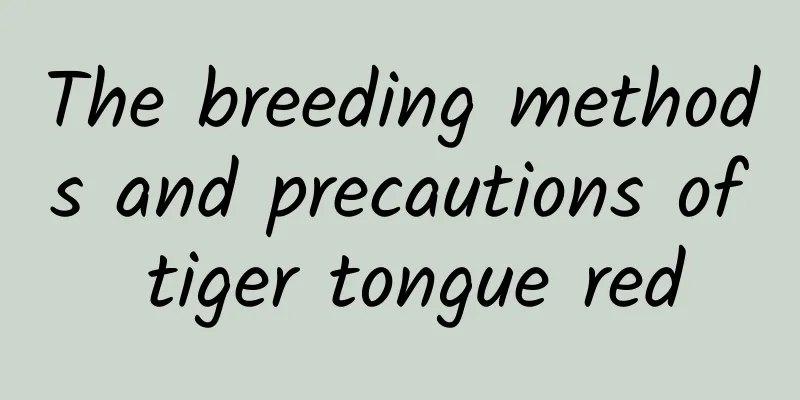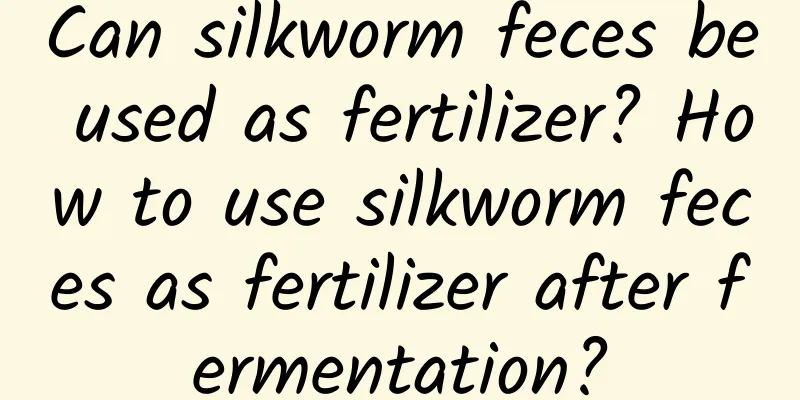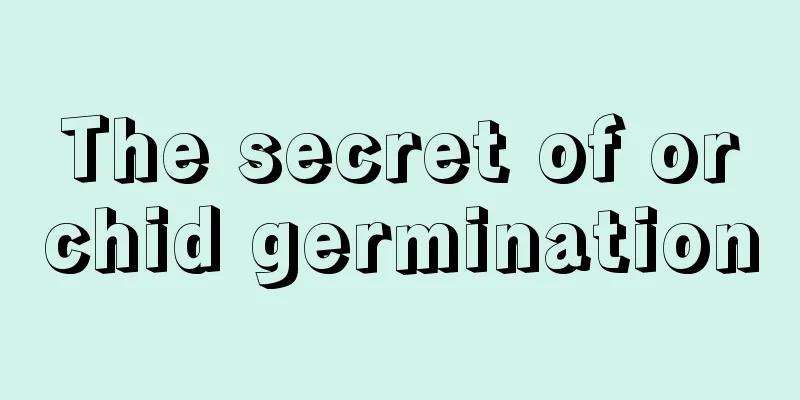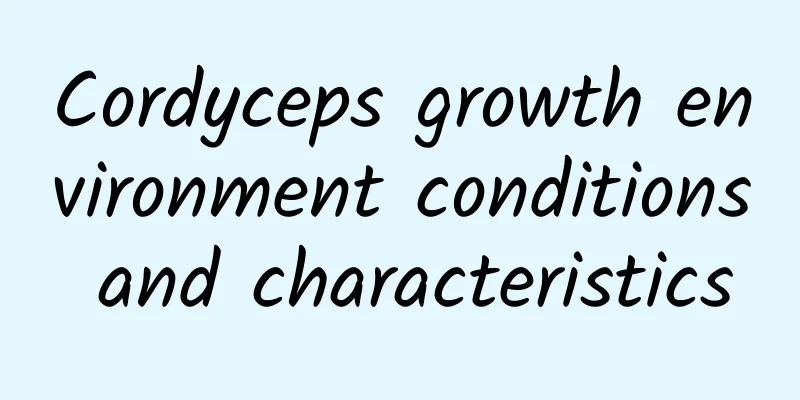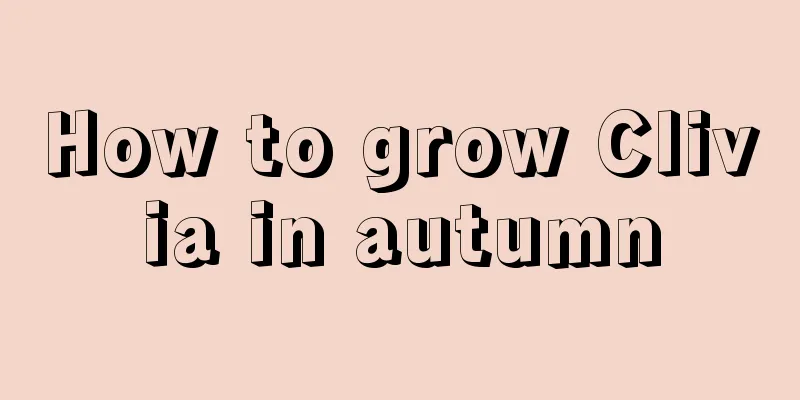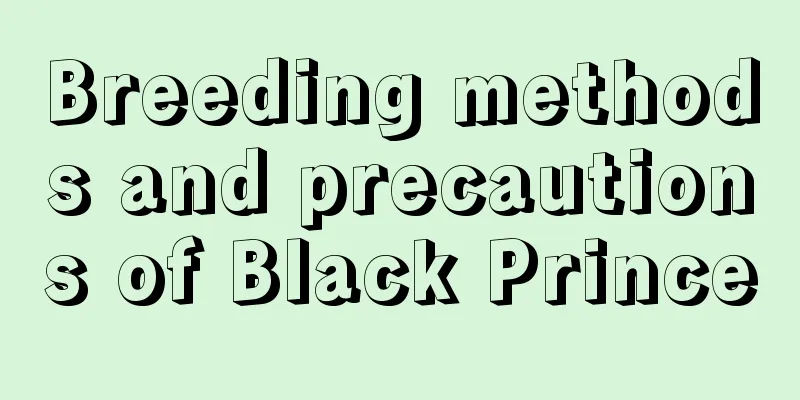Pests of Albizia Julibrissin and their control methods
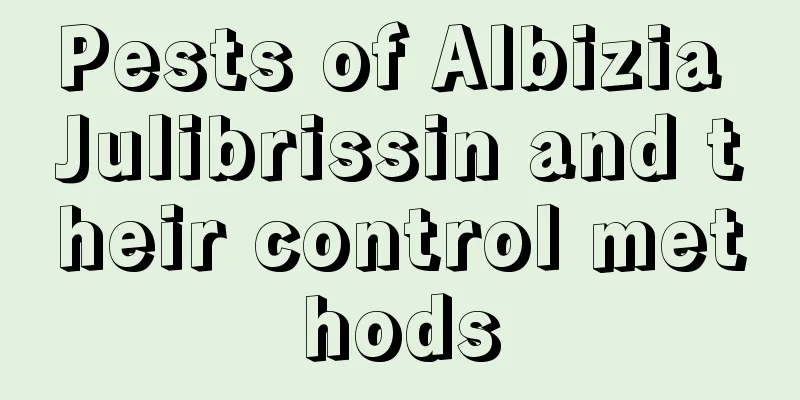
Pests of Albizzia julibrissinica: Albizzia bicolorsymptomThe adult is about 25 cm long and 5 cm wide, with a brown or yellow-brown body and a blue-green longitudinal stripe in the center and on both sides of the dorsal plate. The larvae are about 50 mm long, milky white, with 6 gray-brown spots on the front edge of the pronotum, and 3 pairs of thoracic legs. It will cause the death of a large number of Albizia albizzia trees, reducing the utilization and ornamental effect of the wood. Prevention and treatment methodsOne method is manual killing, which is carried out around 8 o'clock in the evening when the adults emerge. One method is to spray cypermethrin on the tree trunks during the hatching period of the larvae. One method is to make 3-4 small holes at equal distances at the base of the trunk, with a depth of 3-5 cm, and inject 1-3 times diluted solution of 50% long-lasting phosphorus, which has a better effect. The last method is to water the tree trunk with 250-400 times the concentration of oxydemeton-methyl emulsifiable concentrate for prevention and control during the larval damage period. Pests of Albizzia julibrissin: Albizzia julibrissinsymptomThe adult of the family Boreridae is 3.5-4 mm long, copper-green in color and slightly shiny. The larvae are 5-6 mm long, with a very small, dark brown head, a relatively wide chest, a relatively thin abdomen, and no legs. They will start to bite the tree trunk in early June and lay eggs mostly on the branches, one egg in each place. The larvae will harm the tree, and dark brown gum will ooze out of the damaged parts in September and October. Prevention and treatment methodsChoose disease- and insect-free seedlings before planting, strengthen management after planting, and clean up pests in a timely manner when they are found. In early June, when the adults are emerging, spray 1500-2000 times the concentration of 20% chrysanthemum carbendazim emulsion on the tree crowns, trunks and branches to kill the adults. Pests of Albizzia julibrissin: Albizzia julibrissinsymptomThe adult body is about 6 mm long, with silver-gray forewings and many irregular black spots. The eggs are oval, dark green, and occur in clusters. After being frightened, they become very active and mainly harm the branches and leaves of the Albizia Julibrissin. In serious cases, the tree is full of insect nests, a large amount of leaf flesh is eaten away or incomplete, and the crown of the tree dries up. Prevention and treatment methodsOne is to spray 1500-2000 times of 50% cypermethrin emulsifiable concentrate, or 2000 times of 20% pyrethroid emulsifiable concentrate, or 1000-1500 times of 90% dichlorodiphenyltrichloroethane crystals to kill the larvae during the larval stage. Second, in autumn, winter and spring, remove and destroy the overwintering cocoons and pupae on tree branches and nearby buildings. Third, during the larvae's nesting stage, if there are not many insects, you can cut off the nest and kill the larvae. |
<<: Pests and diseases of Araucaria and their control methods
>>: Evening primrose pests and diseases and their control methods
Recommend
Does alum root prefer shade or sun?
Does alum root prefer shade or sun? Alum root is ...
What to do if the leaves of cyclamen fall down
1. Stop watering (1) Specific reasons: It may be ...
What is the best fertilizer for hibiscus?
Hibiscus flower fertilization time In spring, hib...
Cultivation methods and precautions of Dendrobium officinale
Growth habit First of all, it has relatively high...
How often should I water my Phalaenopsis?
How often should I water my Phalaenopsis? Spring ...
Is growing cucumbers profitable? The cost and profit of growing one acre
Can you make money growing cucumbers? Cucumber is...
Will Clivia sprout again after its heart rots? How to deal with it?
1. Can it still sprout after the heart rots? Hear...
How to prune small lilies
When to prune lilies When the lily grows to about...
What is the row spacing and plant spacing for soybean planting? What is the best spacing between plants?
Soybean planting spacing When planting soybeans, ...
Why are the leaves of crabapple curling, turning yellow and withering?
1. What is leaf curling? 1. Half-watering: When g...
How to eat yam? Can yam be eaten raw?
1. How to eat 1. Stir-frying: Yam is a nutritious...
A must-have "Internet celebrity" flower in autumn and winter. Put one pot in one room, it will look high-end and classy!
Ficus microcarpa Internet celebrity index: ★★★★★ ...
Does the jujube tree prefer shade or sun? What are the requirements for sunlight?
Does the jujube tree prefer shade or sun? The juj...
What to do if carnation leaves turn yellow
1. Causes of yellowing 1. Improper watering As me...
Which month is suitable for planting sweet potatoes?
When to plant sweet potatoes The planting time of...
